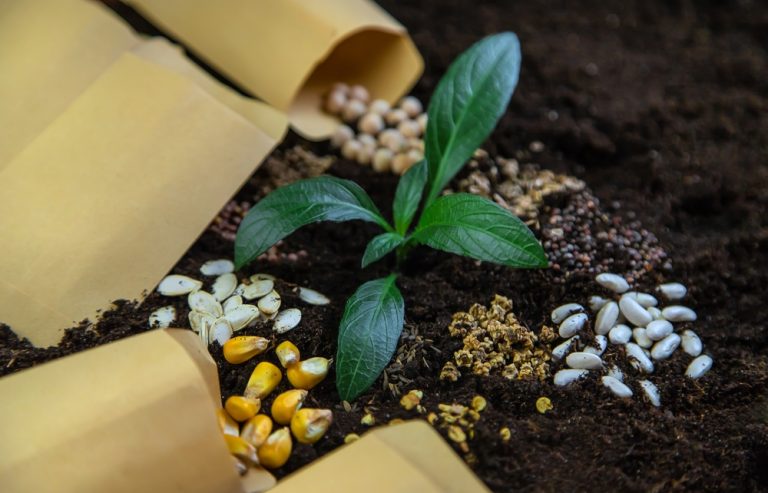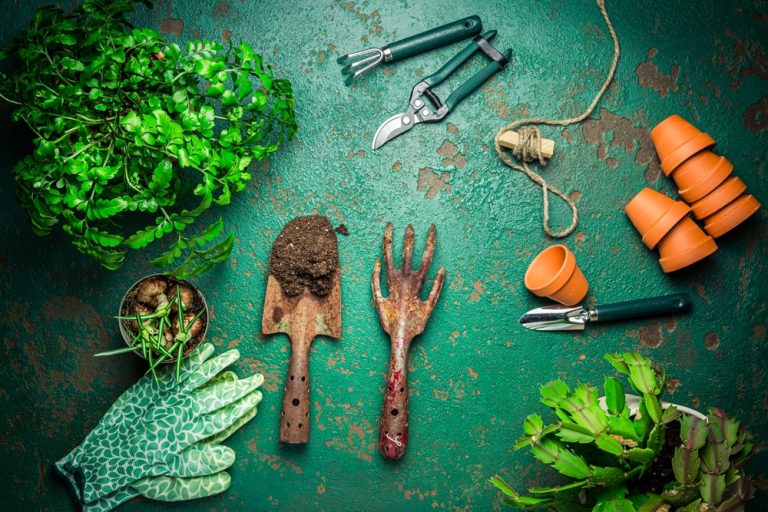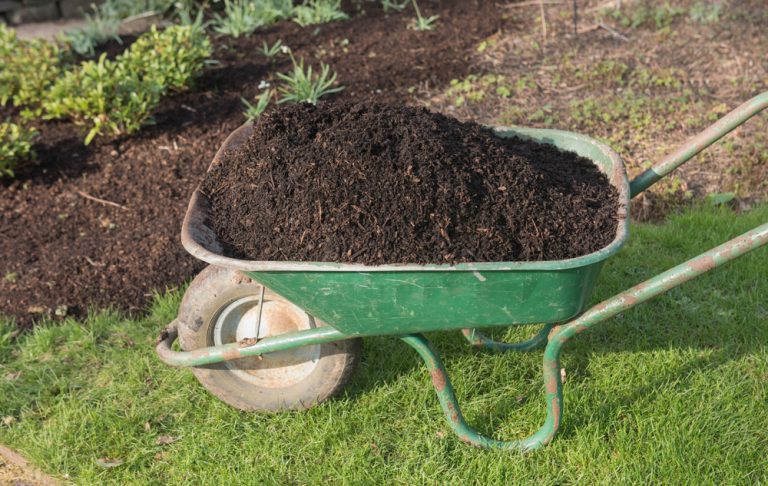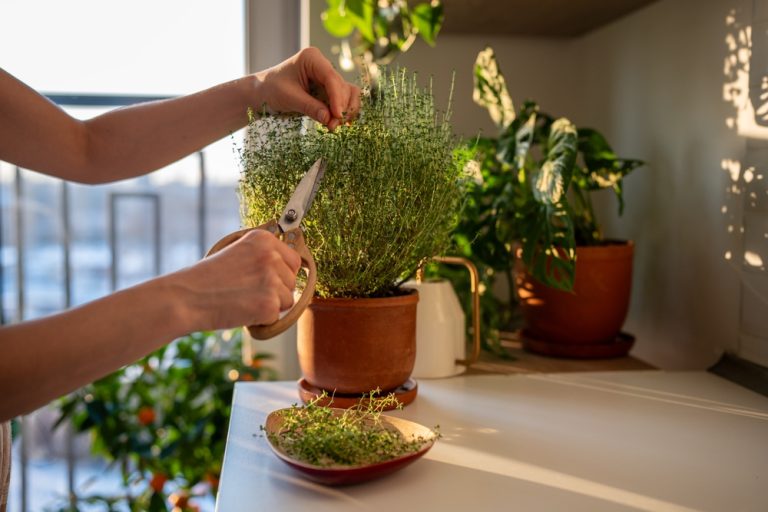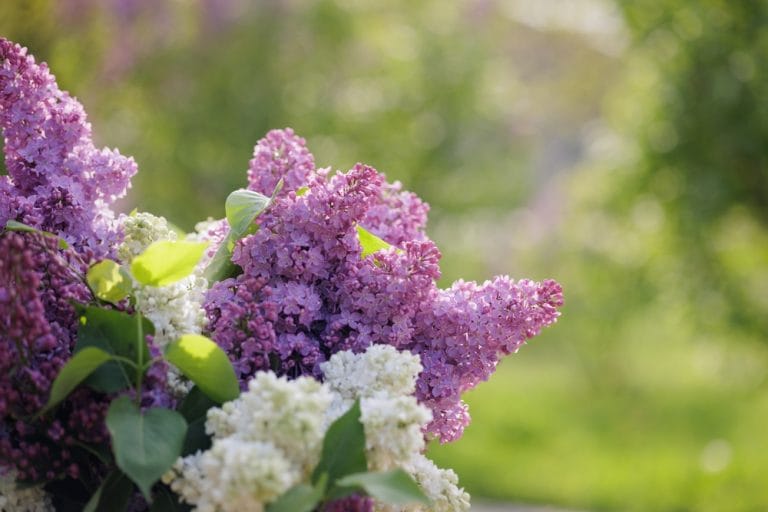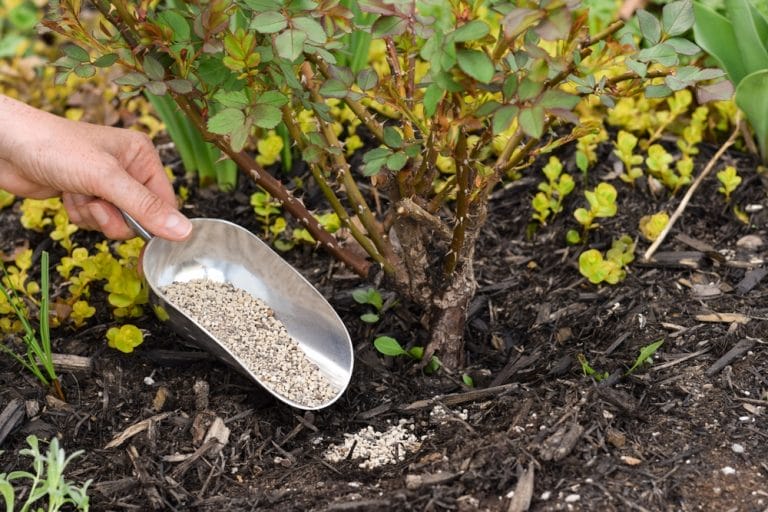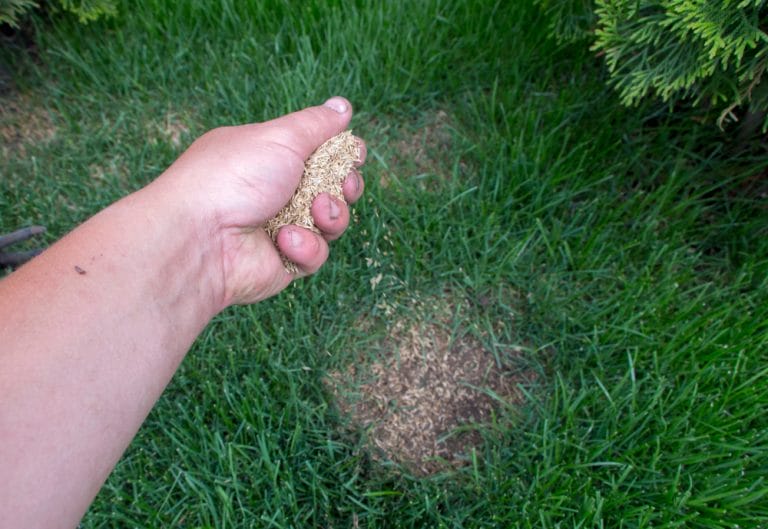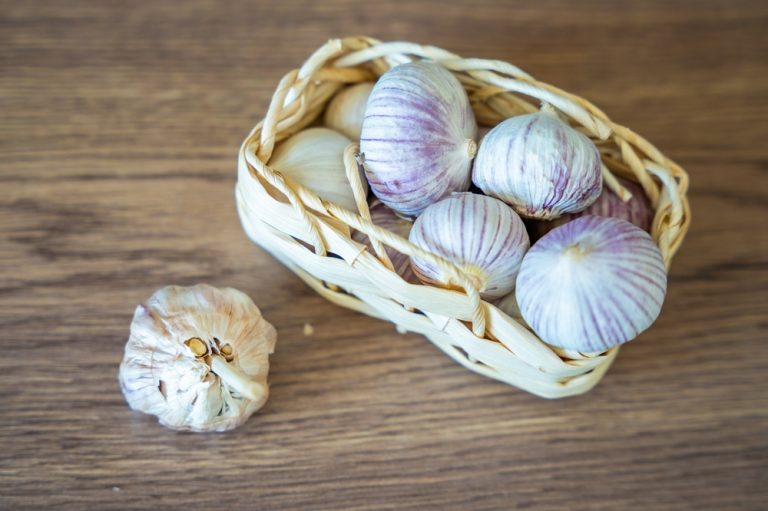Gardeners love a good shortcut—especially when it means stepping into spring with a garden that looks like it’s been secretly working out all winter long. While most people pack away their tools once the weather cools, the clever few know that late-season seeds can quietly set the stage for next year’s lush, brag-worthy bounty. Instead…
spring
Why You Should Be Planting Bulbs in December, Not Spring
When most people are sipping hot cocoa, hunting for holiday deals, or wondering where they stored last year’s string lights, the last thing on their minds is planting bulbs. Yet December—the month everyone assumes is too cold, too late, too hopeless for gardening—might actually be the secret weapon of thriving spring blooms. While your neighbors…
12 Garden Maintenance Chores for December That Avoid Spring Stress
Winter may have arrived, but your garden doesn’t have to hibernate completely. December is the perfect time to roll up your sleeves and tackle small but crucial chores that will make your spring planting smoother, healthier, and far less stressful. Even in the cold, there are tasks you can do to protect your plants, improve…
Why Mulching in December Can Save Your Spring Garden
Winter is rolling in, frost is creeping over your lawn, and it might feel like the garden is officially “asleep” until spring. But don’t put away your gardening gloves just yet—December is secretly one of the best months to set your spring garden up for success. Mulching now might sound like an odd chore in…
9 Budget-Friendly Winter Garden Projects You Can Finish Before Spring
Winter can feel like a lull in the garden, a time when frost and bare branches make you wonder if your outdoor space will ever bloom again. But the colder months are secretly a golden opportunity for gardeners who love to plan, create, and prep. With a few simple projects, you can turn your wintertime…
Force Spring Blooms Outdoors by Using This Simple Cover Method
One day, everything looks brown, sleepy, and slightly offended by the cold in your garden, and the next day you’ve got daffodils popping up like they’re auditioning for a floral talent show. Gardeners love surprises, but they love early surprises even more, and that’s where the simple cover method comes in. With just a bit…
Feed Your Soil Now and Reap the Rewards in March
Garden blooms after a long winter are stunning. But here’s the secret seasoned gardeners know, and beginners rarely hear: those beautiful spring plants don’t just happen. They’re the result of quiet, behind-the-scenes work you do long before frost melts and daylight lingers. Feeding your soil now—yes, right now—sets the stage for an explosive, colorful, brag-worthy…
Why Overseeding Too Late Can Backfire on Your Lawn
There is usually a real thrill that comes with deciding you’re finally going to fix your lawn. Maybe you looked out the window one morning and thought, “Okay, this is the year I turn this patchy disaster into a lush green masterpiece.” You grab your seed bag with heroic determination, ready to overseed your way…
How to Mow and Mulch for a Perfect Lawn Come Spring
The secret to a lush, vibrant, envy-inducing spring lawn isn’t found in one dramatic weekend of landscaping—it’s built slowly, thoughtfully, and smartly starting much earlier. Many homeowners assume that once the grass goes dormant in fall or winter, it’s time to forget about yard care until everything warms up again. But the truth is that…
The Garlic Planting Trick Most Gardeners Don’t Know
There’s something special about garlic. It stands bold in the kitchen, elevates meals, wards off blandness, and carries centuries of folklore on its papery shoulders. Yet, for all its culinary fame, garlic remains surprisingly misunderstood in the garden. Many gardeners plant it too shallow, too late, or too casually—missing out on larger bulbs, richer flavor,…
